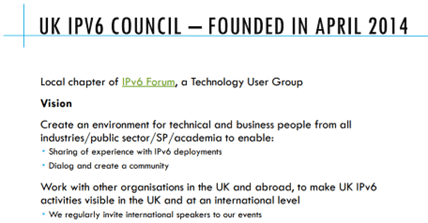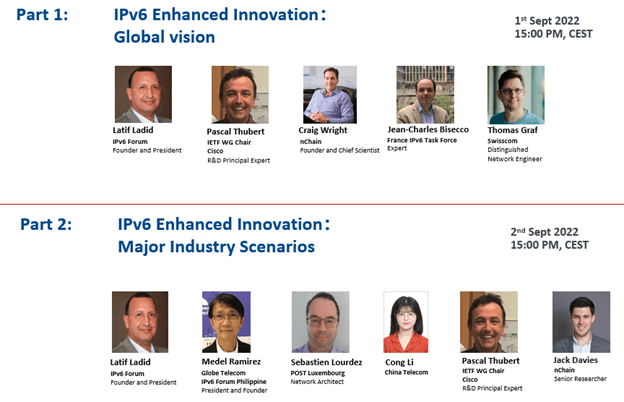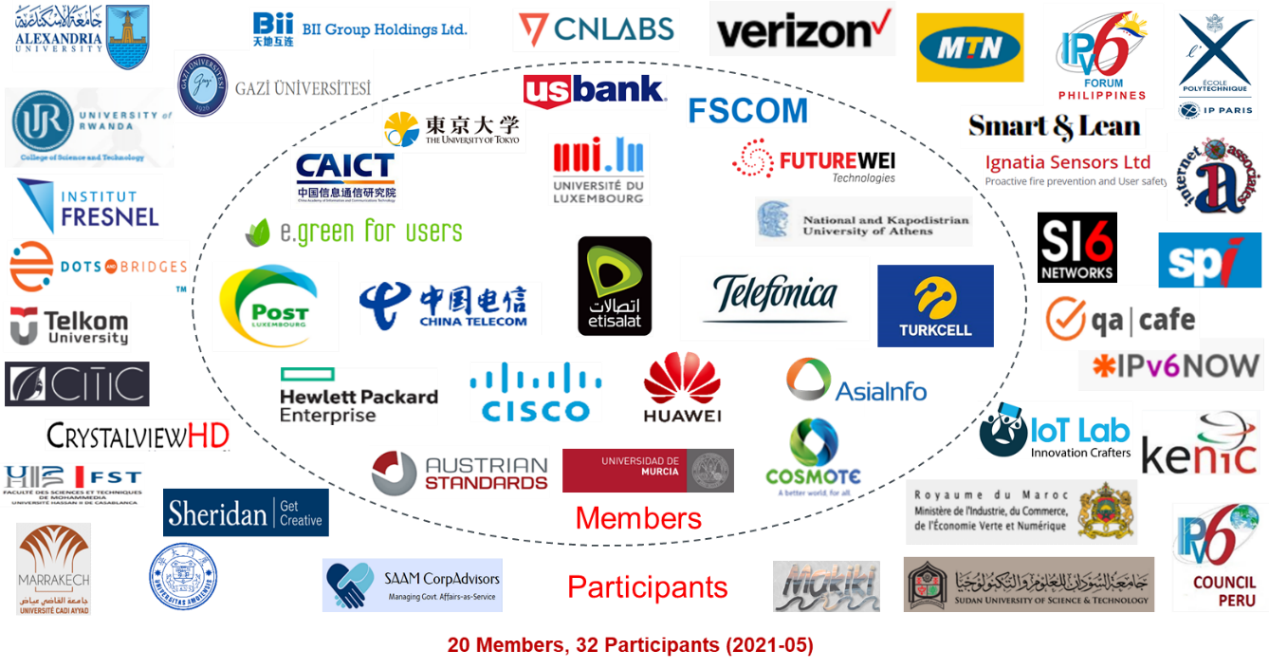IETF - ETSI ISG IPE meeting in London: Working together to accelerate IPv6 deployment and innovation
2022-11-21 Posted by Latif Ladid, Chair of ISG IPE 5894 HitsThe Internet standardization body, IETF (Internet Engineering Task Force), just held its 115th meeting in London from the 5th to the 11th of November. An IETF - ETSI ISG IPE side meeting was held with over 40 people attending on-site, and around 30 connected remotely, including IETF participants (involved in are members of IAB/IESG, Area Directors of INT/RTG/OPS/SEC), and ETSI ISG IPE management team and rapporteurs. The side meeting increased the connection and collaboration between ETSI ISG IPE and IETF in terms of: (1) ETSI’s activities, including ISG IPE’s role and scope, use cases, working items, (2) open discussion on IETF IPv6 protocol deployments, and (3) answer open questions from the floor.
Main outcomes of this IETF – ETSI ISG IPE side meeting are:
- Recognized that the work in ETSI ETSI (especially ISG IPE) is complementing the work of IETF
- Recognized that ETSI (especially ISG IPE) is helping to increase the awareness and the deployment of the IPv6 standard specified by IETF
- Emphasized that IPv6 is helping to accelerate the Digital Transformation
- Expressed Interest to transform this side meeting into regular appointments for the coming IETF meetings or as a formal collaboration between the two SDOs





